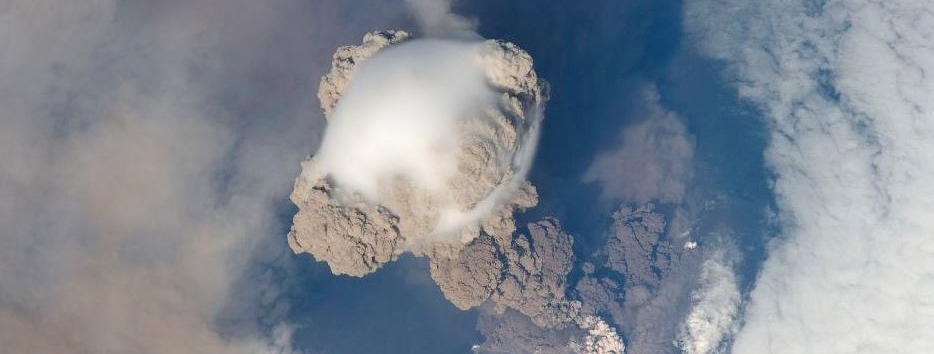Troposphere-stratosphere coupling

The stratosphere is the atmospheric layer located above the troposphere, with the latter being directly in contact with the Earth surface. Our team investigates the atmospheric variability and predictability related to the interactions between these two layers.
Summary
Where is the stratosphere and why studying it?
Human being lives in the lower part of the atmosphere, a layer named the troposphere, which contains 75% of the total mass of the atmosphere and 99% of its water vapour and aerosols. Forecasting the weather consists in predicting the evolution of the troposphere from one to several days. For the human being’s point of view, the climate of one region is the mean state of the troposphere close to the surface. However, it is well known that the layer located above the troposphere, named the stratosphere and extending from 8 km in the polar regions and from 18 km in the tropics to around 50 km height, strongly affects the tropospheric variability, especially at seasonal to decadal timescales. Understanding both the stratospheric variability and the coupling between the stratosphere and the troposphere is therefore a challenge that needs to be undertaken to improve our climate forecasting capabilities at these timescales.
The jet streams
In the tropical regions, the planet is girdled by a belt f intense convective activity and rising air known as the intertropical convergence zone, where the stratospheric circulation is relatively independent from the troposphere. Further poleward, the middle latitude depressions swirl endlessly around the globe, often steered by concentrated cores of strong high westerly winds known as jet streams. These ‘rivers’ of air are usually found between altitudes of 9 and 12 km; wind speeds are at maximum during winter and often average near 180 km/h, although peak speeds can exceed twice this value. Jet streams are one of the stakes of the coupling between the troposphere and the stratosphere: a change of the strength or position of the jets is systematically associated with dynamical changes in both atmospheric layers. Indeed, the leading modes of variability in the Northern and Southern hemispheres, i.e. the “annular modes”, are thought to be a reflection of the troposphere-stratosphere coupling mediated by the jet streams.
How do the stratosphere and the troposphere evolve?
Climate is largely evolving depending on external forcing, anthropogenic – like greenhouse gases and pollution particles – and natural – like solar activity and volcanic aerosols. One part of the climate system’s response to these forcings is the direct response of the atmosphere, named the thermodynamical response. The other part, which can reach 50% of the response in continental areas, is the dynamical response and corresponds to changes of both the tropospheric and stratospheric circulation. Large volcanic eruptions, for example, are able to inject a significant rate of particles into the stratosphere that remain suspended for up to several years and are spread around the entire globe forming a veil. These particles absorb sunlight and locally heat the stratosphere but at lower levels cause compensating cooling as less solar radiation reaches the Earth’s surface. Determining the indirect, dynamical response to these changes trough troposphere-stratosphere coupled processes is a current scientific challenge that has still not been undertaken. On the other hand, the atmospheric circulation at tropospheric and stratospheric levels can also, directly or indirectly, react to surface boundary forcings – like variations in the ocean’s temperature, sea ice, snow cover, soil moisture … – or to internally-generated instabilities.
Objectives
The objectives of the stratosphere-troposphere coupling research line are:
- Understanding the drivers of the middle-to-high latitude atmospheric variability, both at seasonal/decadal timescales and in climate projections.
- Assessing the relationship between annular-like variability in the troposphere and the stratosphere.
- Gaining insight into the link between systematic errors in the simulated tropospheric and stratospheric circulation.
- Exploring the role of troposphere-stratosphere coupling processes in climate prediction skill.
- Developing a forecast system able to predict the response to the next stratospheric volcanic eruption.
